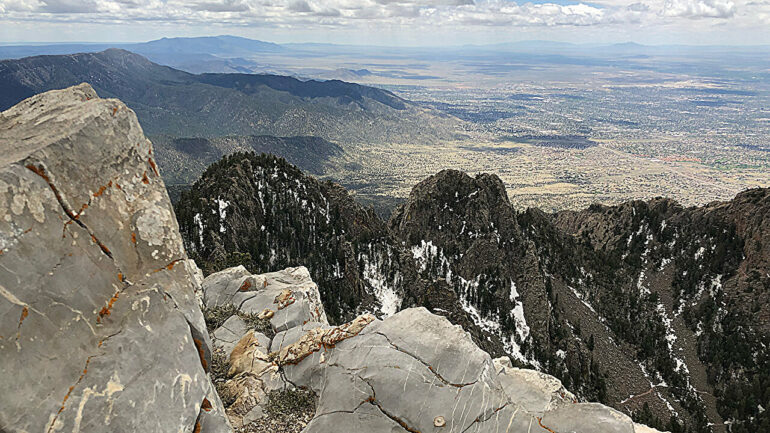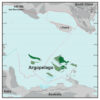The geological and topographical features that make up the world we live in are shaped in large part by faults and fractures in Earth’s brittle crust. Faults arise from preexisting microscopic imperfections within rock. When the rock is subjected to increasing stress, tiny cracks form at these imperfections. The cracks grow and interact until the rock suffers larger-scale damage.
Computer simulations of this process can deepen understanding of faulting and the long-term tectonic shaping and reshaping of Earth’s surface. However, it is challenging to adequately capture the evolution of rock damage in a computationally efficient way.
Léo Petit and colleagues address this challenge by introducing a new set of equations that describe how rocks deform within Earth’s crust. The study is published in the journal Geochemistry, Geophysics, Geosystems.
With this approach, named the subcritically altered Maxwell (SCAM) framework, they aim to capture microscale processes of rock damage and link them to larger-scale deformation in a way that is straightforward enough to be widely used by researchers studying Earth’s crust.
What sets the SCAM framework apart from prior approaches is that its parameters can be calibrated against data from rock deformation experiments, but at a low computational cost. This allows for more accurate simulation of how microscopic cracks accumulate and interact to form faults.
The researchers also demonstrate the SCAM framework can be used to simulate millions of years of changes in a 10-kilometer-thick brittle crust. The fault sizes and displacement in the simulation mirror real-world data, highlighting the framework’s potential value.
The SCAM framework has certain limitations, some of which could be addressed through future refinement. Still, as is, it could help deepen understanding of phenomena such as earthquake hazards, rock weathering and erosion, the permeability and flow of fluids within rock, and the long-term fate of tectonic plates.
More information:
Léo Petit et al, A Brittle Constitutive Law for Long‐Term Tectonic Modeling Based on Sub‐Critical Crack Growth, Geochemistry, Geophysics, Geosystems (2024). DOI: 10.1029/2023GC011229
Provided by
American Geophysical Union
This story is republished courtesy of Eos, hosted by the American Geophysical Union. Read the original story here.
Citation:
How tiny cracks lead to large-scale faults (2024, June 11)



